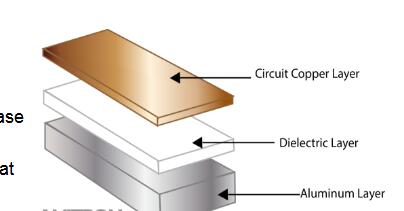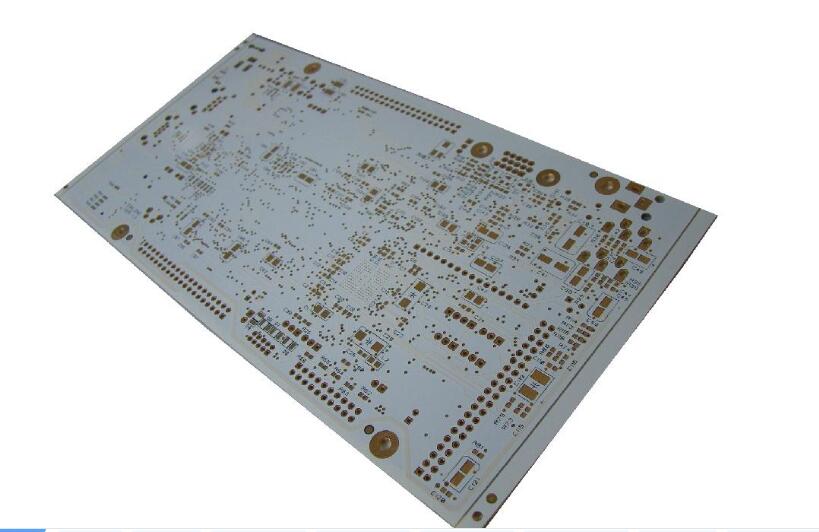- Model NO.: CNSTD02
- Feature: Mechanical
- Principle: Resistive
- Type: Normal Open
- Usage: Control Button, Start Button, Control Switch
- Contact Type: Type c Contact
- Brand: Silviya or Customized
- Material: PC
- Transport Package: OPP Bag or Color Box
- Origin: Whenzhou, China
- Protection: Durable
- Wiring: Null Line and Live Line
- Application: Home Appliance, Electronics, Lighting, Industrial, Apartment/Villa, Hotel, Commercial, Home
- Number of Switch: Multi Control Switch
- Kind: Touch
- Detection Method: Reflection Type
- Certification: ISO9001, CE, CCC
- Trademark: SILVIYA OR CUSTOMIZED
- Specification: 100PCS/CARTON
- HS Code: 8536500000
durable quality pakistan switc
Item name: |
electrical Switch |
Size: |
86*86(mm) / 146*86(mm) |
Outer Material: |
Flame retardant PC material |
Conductor: |
High quality brass |
Voltage: |
220V/250V |
Current: |
10A |
Certification: |
SASO,ROHS |
Packaging: |
1pc/poly bag,6-10pcs/inner box,10 inner box/Carton |
Lifetime: |
15 years or 50000 times |
Delivery time: |
Within 15 days after deposit |

Â
Aluminum Printed Circuit Boards Contain a Thin Layer of Thermally Conductive Dielectric Material that Transfers Heat
There are many names for these products; Aluminum clad, aluminum base, Metal clad printed Circuit Board (MCPCB), Insulated Metal Substrate(IMS or IMPCB), Thermally conductive PCBs, etc- but they all mean the same thing and perform the same way.
How Are Aluminum PCBs Made?Layers
A thin layer of thermally conductive but electrically insulating dielectric is laminated between a metal base and a copper foil. The copper foil is etched into the desired circuit pattern and the metal base draws heat away from this circuit through the thin dielectric.

Benefits of Aluminum PCBs
Heat dissipation is dramatically superior to standard FR-4 constructions.
The dielectrics used are typically 5 to 10 times as thermally conductive as conventional epoxy-glass and a tenth of the thickness
Thermal transfer exponentially more efficient than a conventional rigid PCB.
Lower copper weights than suggested by the IPC heat-rise charts can be used.

Applications of Aluminum PCBs
Although Power Converters and LEDs are the largest users of these products, Automotive and RF companies are also looking to take advantage of the benefits of these constructions. While a single layer construction is the simplest, other configuration options are available at Topscom, including:
Flexible Aluminum PCBsFlex
One of the newest developments in IMS materials is flexible dielectrics. These materials feature a polyimide resin system with ceramic fillers which provides excellent electrical insulation, flexibility and of course thermal conductivity. When applied to a flexible aluminum material like 5754 or similar, the product can be formed to achieve a variety of shapes and angles which can eliminate costly fixtures, cables and connectors. Although these materials are flexible, they are intended to be bent into place and remain in place. They are not suited for applications that are intended to be flexed regularly.
Hybrid Aluminum PCBs
In a `Hybrid` IMS construction a [Sub-assembly" of a non-thermal material is processed independently and then Topscom Hybrid IMS PCBsbonded to the aluminum base with thermal materials. The most common construction is a 2-Layer or 4-Layer Sub-assembly made from conventional FR-4. Bonding this layer to an aluminum base with thermal dielectrics can help dissipate heat, improve rigidity and act as a shield. Other benefits include:
Less costly than a construction of all thermally conductive materials
Provides superior thermal performance over a standard FR-4 product
Can eliminate costly heat sinks and associated assembly steps
Can be used in RF applications where a surface layer of PTFE is desired for its` loss characteristics.
Use of component windows in the aluminum to accommodate through-hole components. This allows connectors and cables to pass connections through the substrate while the solder fillet creates a seal without the need for special gaskets or other costly adapters.
Multilayer Aluminum PCBs
Common in the high performance power supply market, multilayer IMS PCBs are made from multiple layers of thermally conductive dielectrics. These constructions have one or more layers of circuitry buried in the dielectric with blind vias acting as either thermal vias or signal vias. While more expensive and less efficient at transferring heat as a single layer designs, they provide a simple and effective solution for heat dissipation in more complex designs.
Through-Hole Aluminum PCBs
In the most complex constructions a layer of aluminum can form a `Core` of a multilayer thermal construction. The aluminum is pre-drilled and back-filled with dielectric prior to lamination. Thermal materials or sub-assemblies can be laminated to both sides of the aluminum using thermal bonding materials. Once laminated, the completed assembly is thru-drilled similar to a conventional multilayer PCB. The plated through holes pass through the clearances in the aluminum to maintain electrical insulation. Alternatively a Copper core can allow both direct electrical connections as well as with insulated through holes.
Aluminum Pcb,Aluminum Pcb Boards,Aluminum Pcb Board For Led,Led Aluminium Board Pcb
Topscom Technology Co., Ltd. , http://www.pcbassemblycn.com
